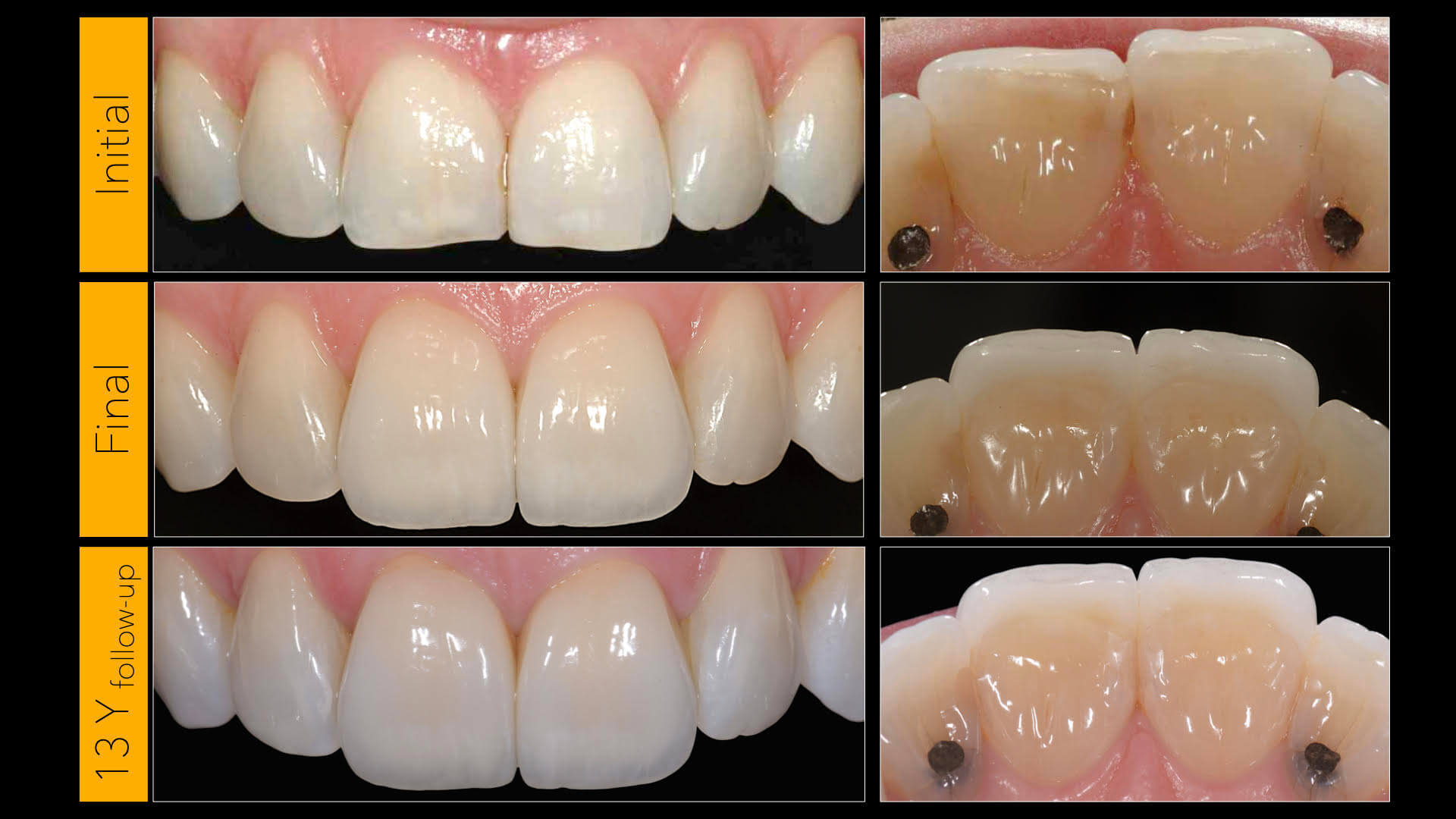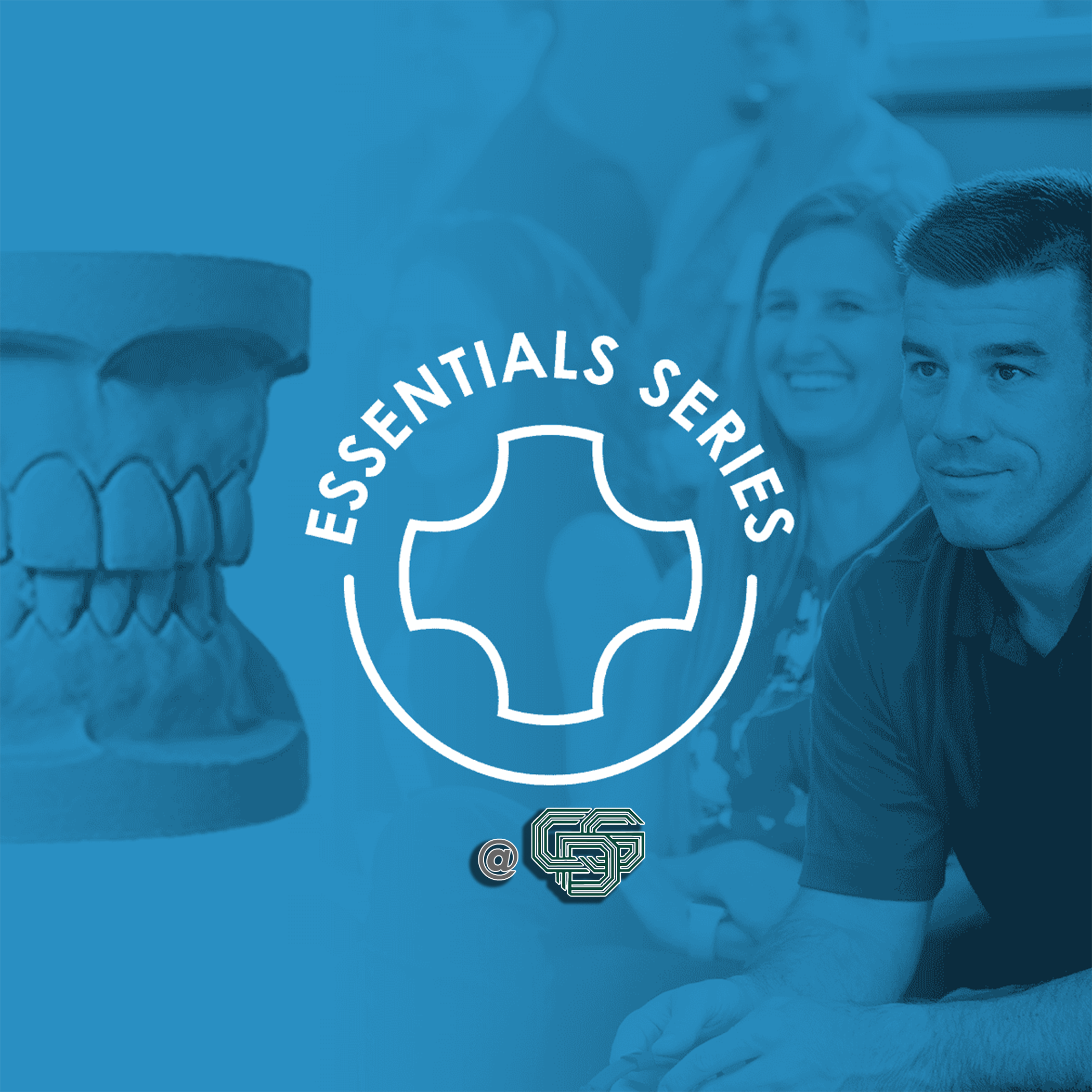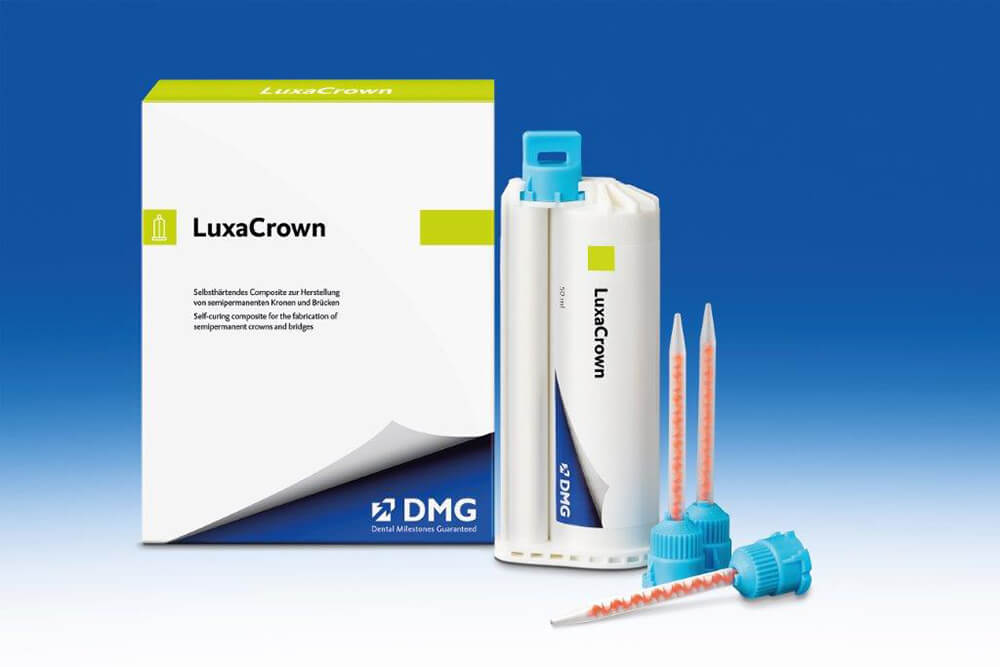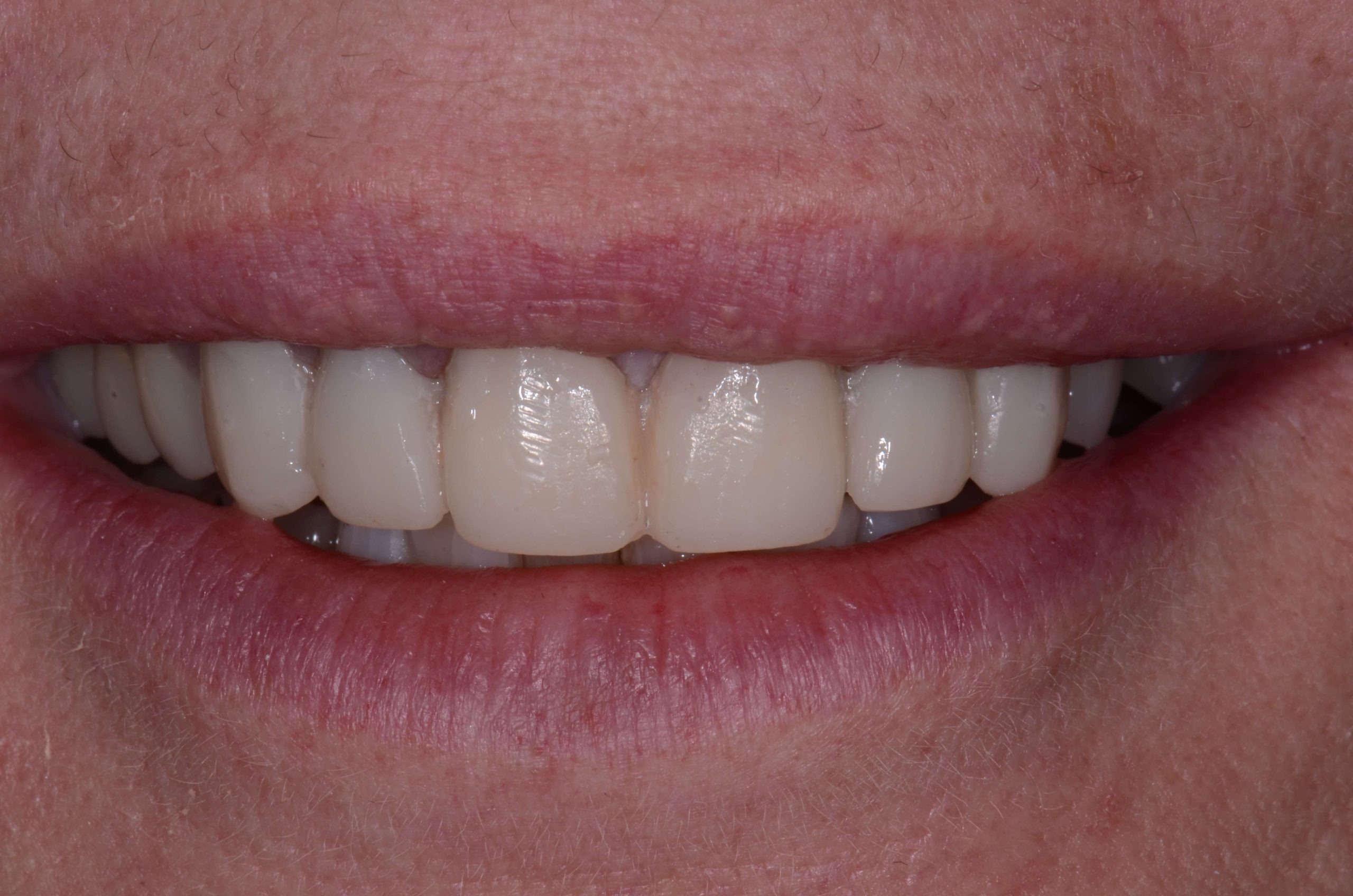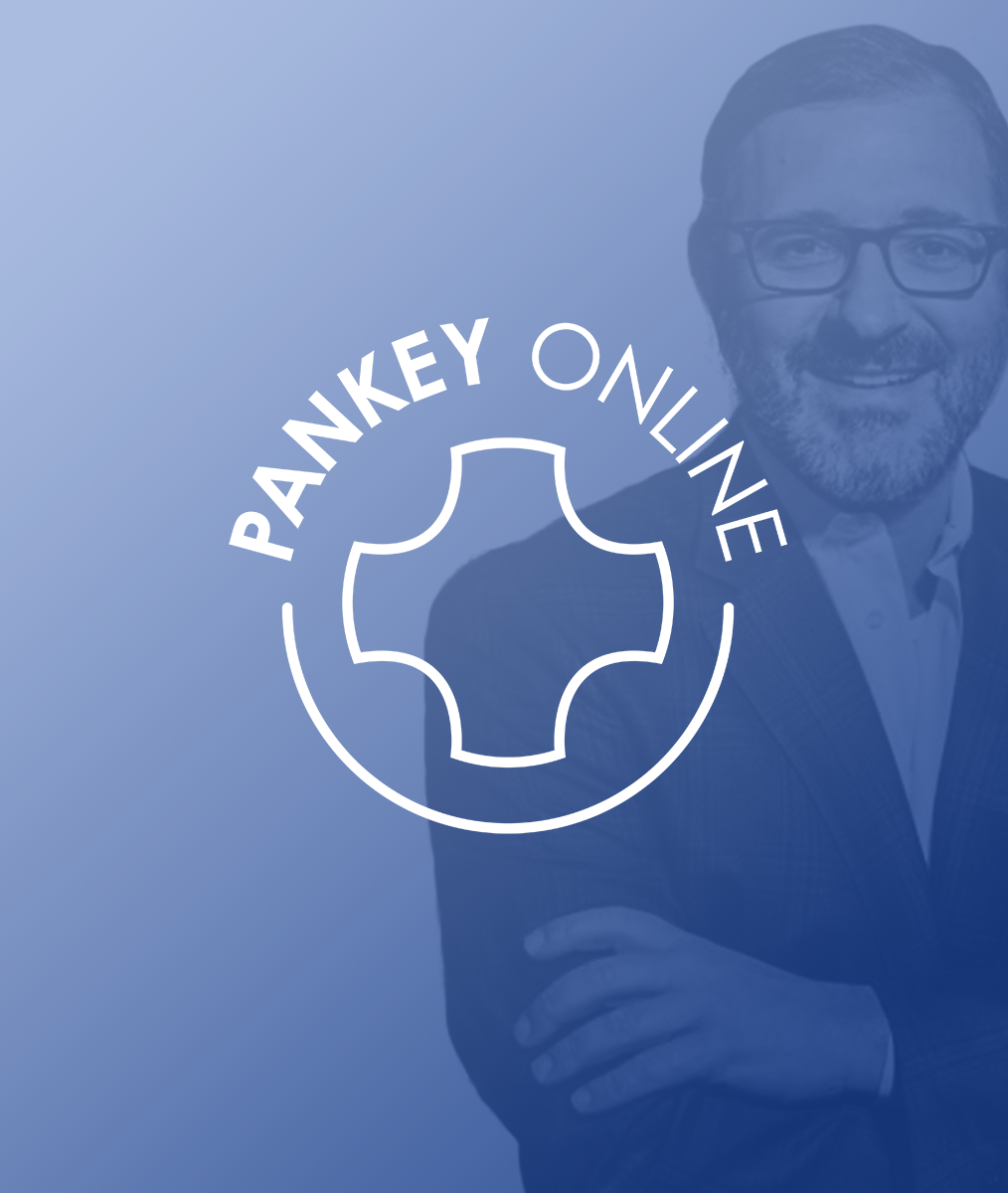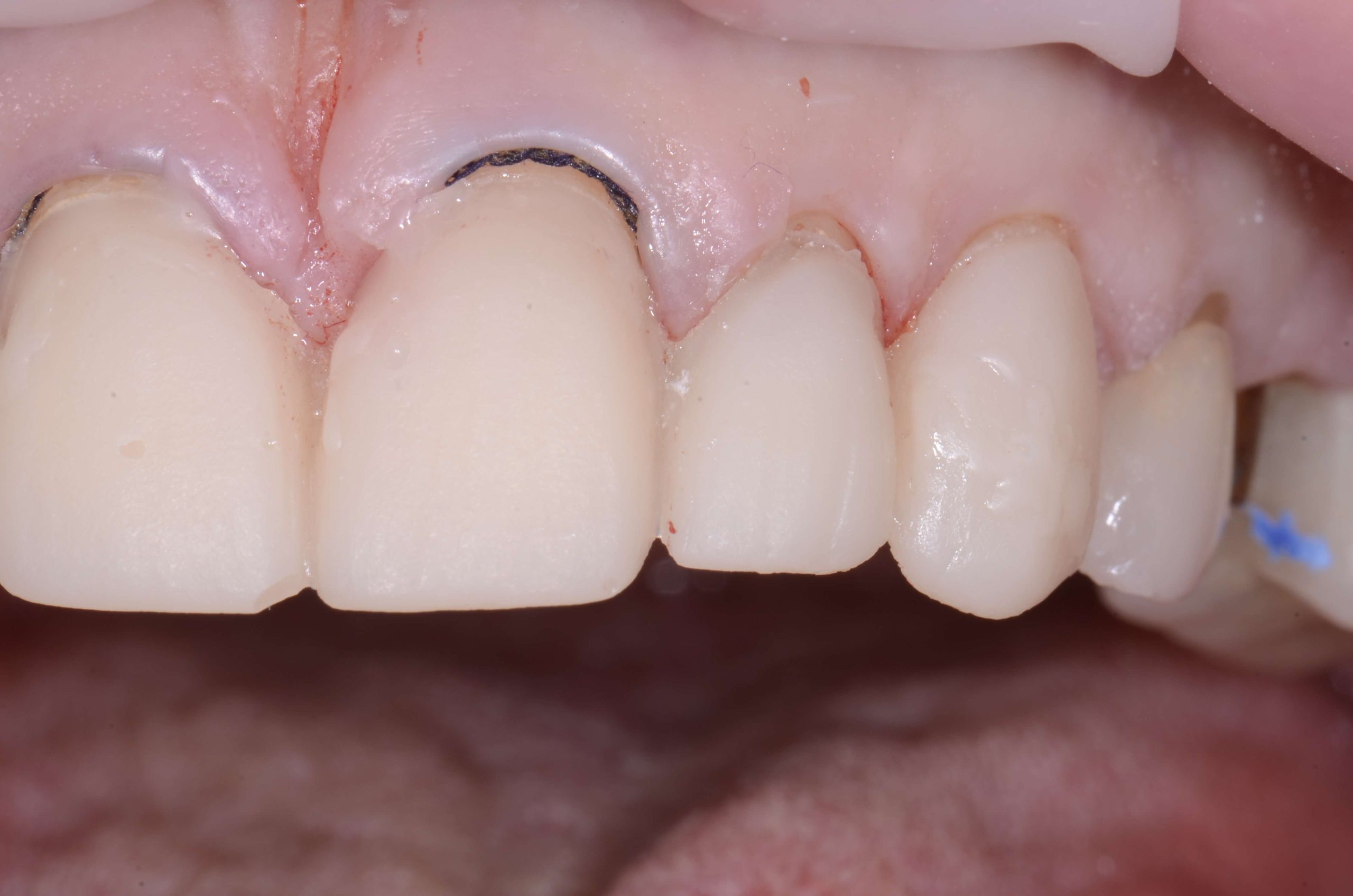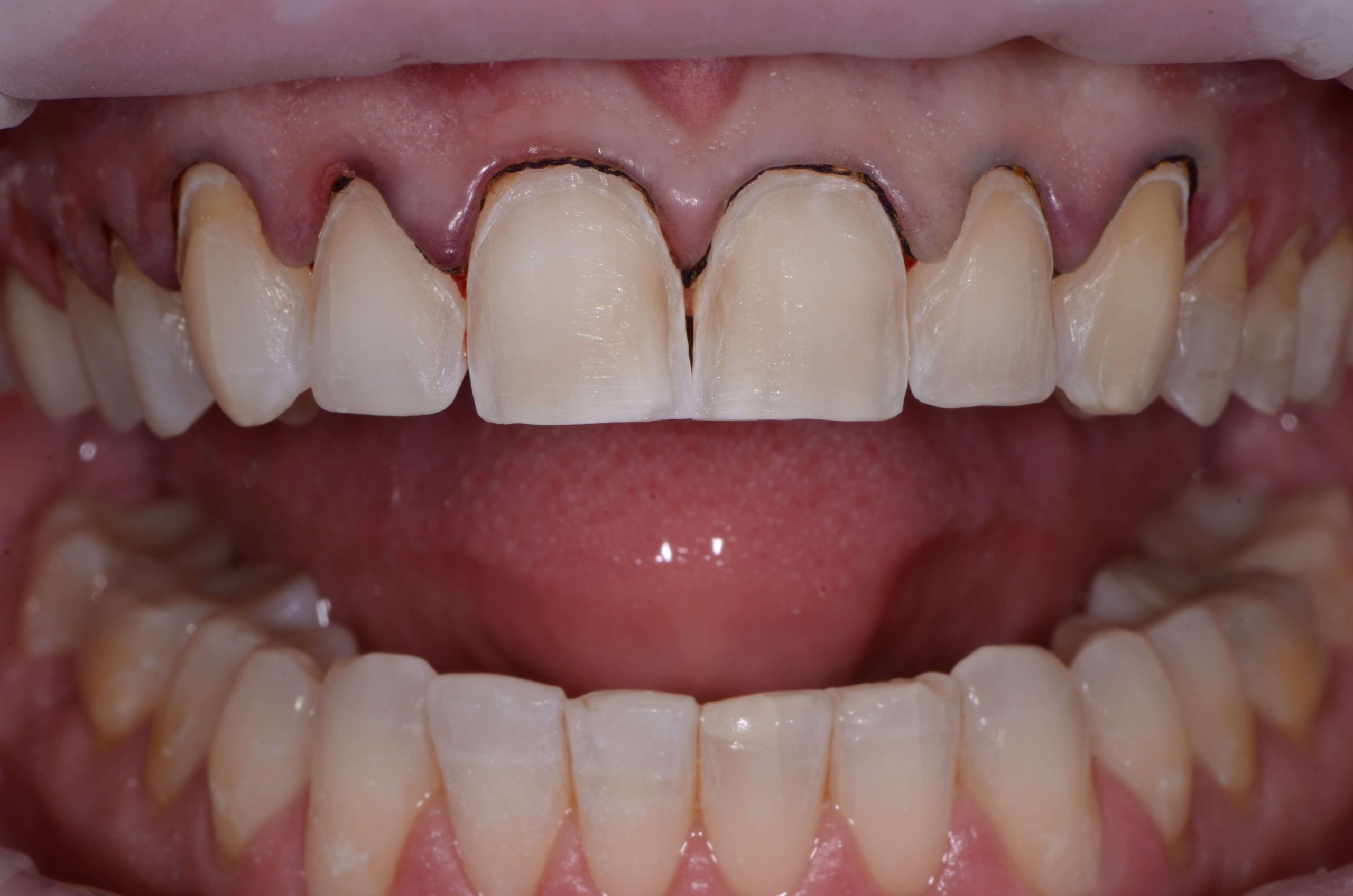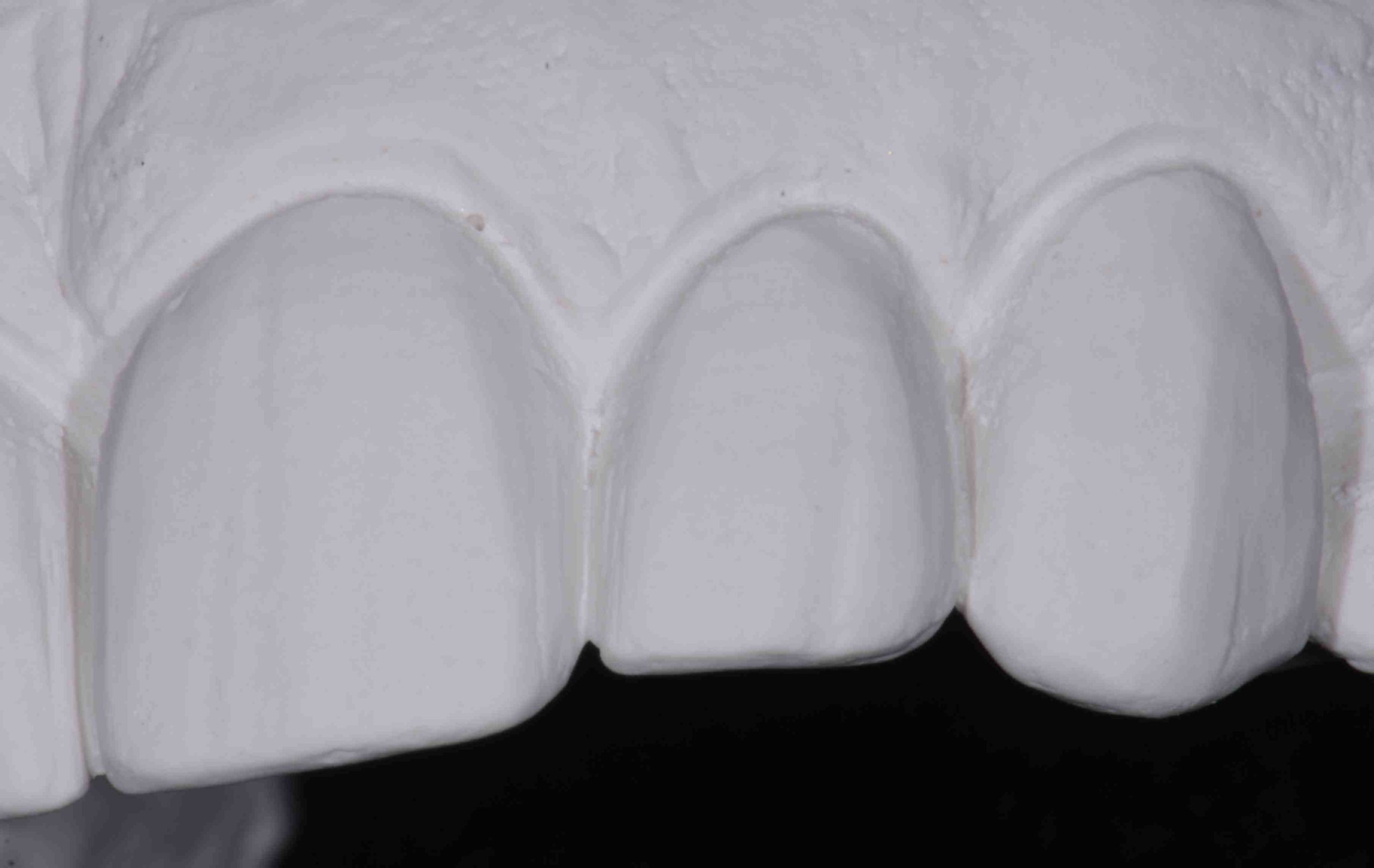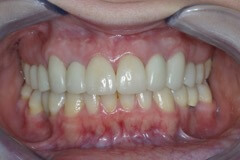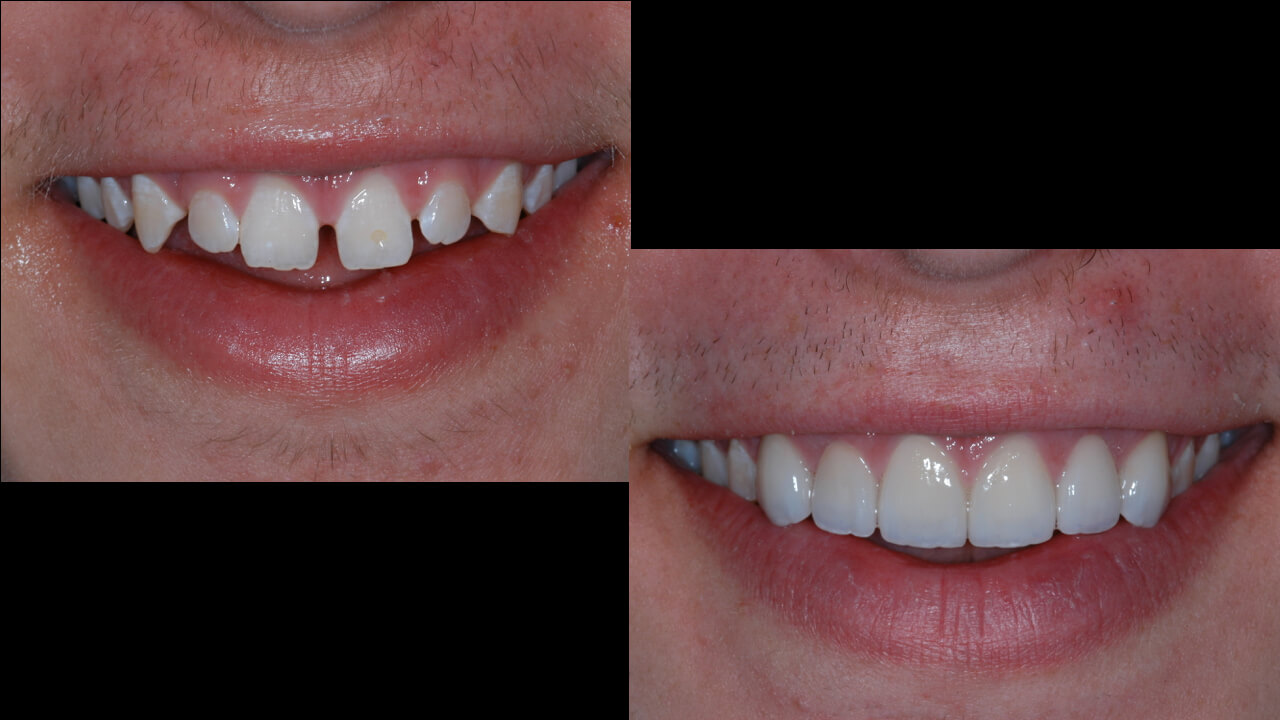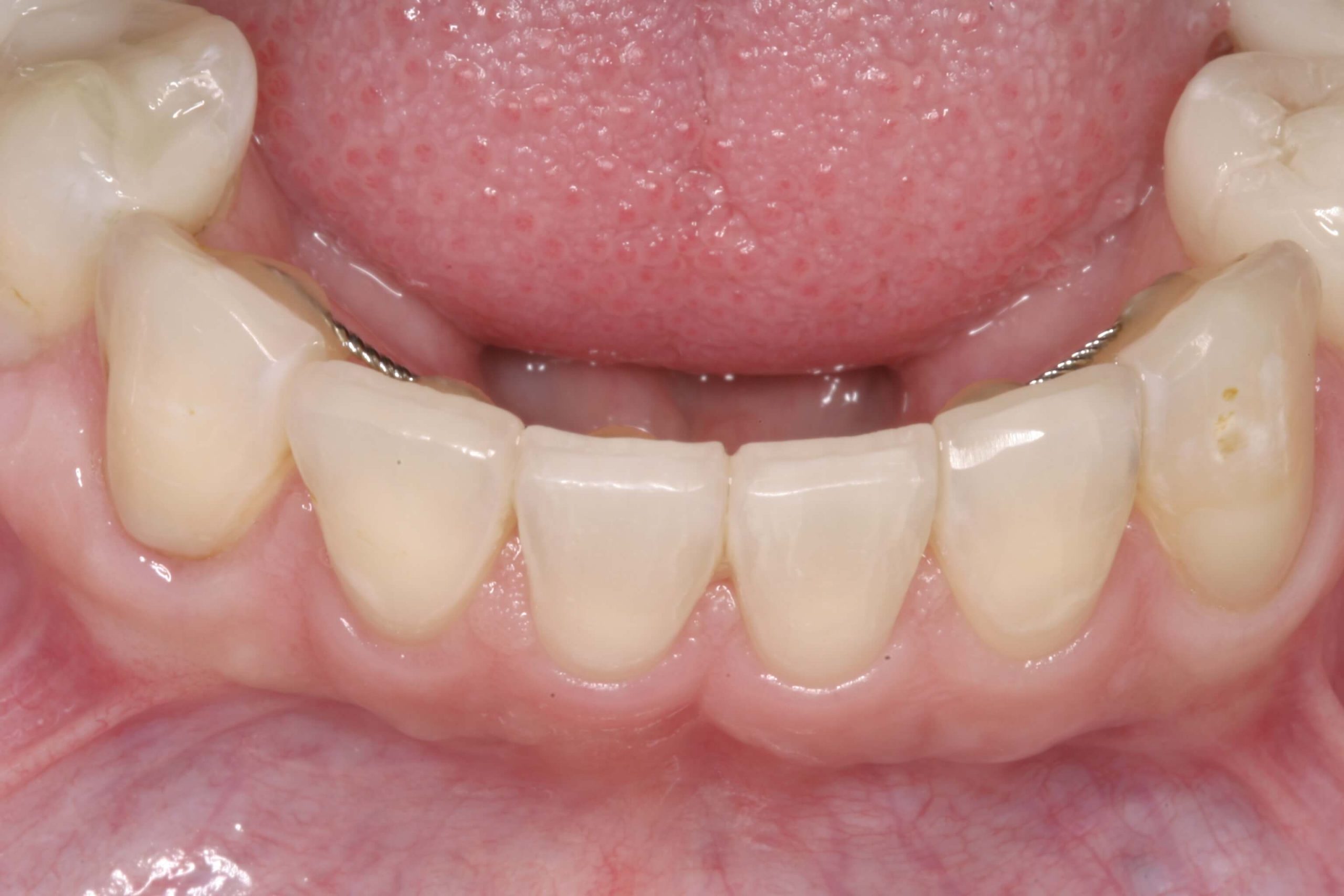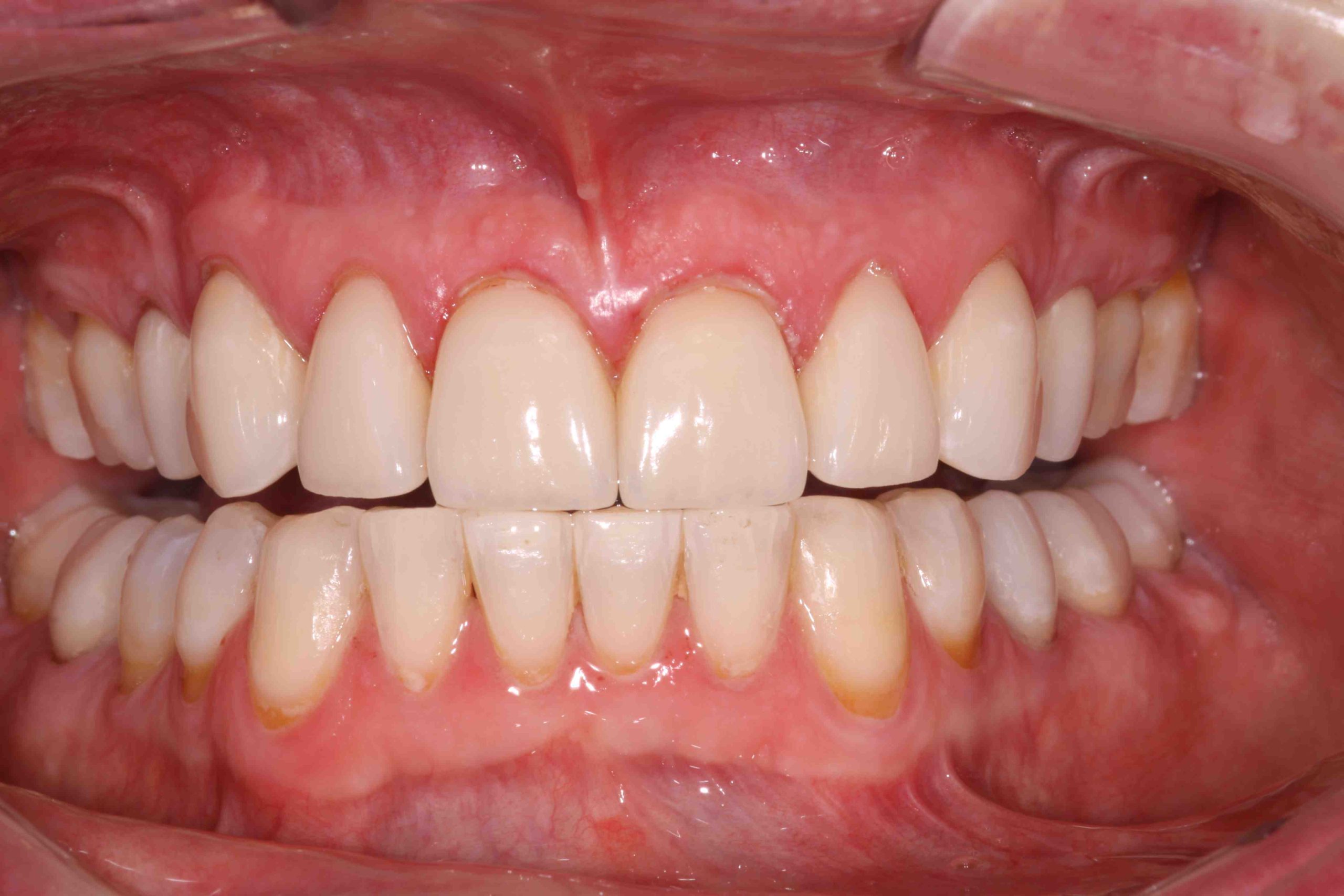4 Questions You Should Be Able to Answer To Improve Your Success With Indirect Bonded Anterior Restorations
Restorations are the foundation of a thriving dental practice because they keep you challenged and motivated while ensuring patient satisfaction. Indirect bonded anterior restorations provide patients with functional and aesthetic solutions to improve their smiles.
But “veneers” are more complicated than they seem when you see the finished product: bonded anterior restorations.
Before you decide on the type of restoration you are going to offer your patients in the anterior region, here are four questions you should be asking to get the most from your restorative process:
- Can indirect bonded anterior restorations strengthen worn-down, eroded, or chipped teeth?
- Should teeth be whitened before they are veneered?
- Should endodontically treated teeth be veneered?
- Are crowns stronger than veneers?
If you are hungry for more guidance on indirect bonded anterior restorations, check out my upcoming course at Pankey Online. On Friday, August 20th, 2021, from 2-4 pm ET, I will be hosting a live, 2-hour virtual course, “Indirect Bonded Anterior Restorations.” You can easily register for my course, which provides 2 CE credits, at Pankey Online.
Join me as we discuss useful concepts like three-dimensional functional and esthetic mock-ups, provisional fabrication, preparation design for adhesive restorations, and more. See you there!
Related Course
E1: Aesthetic & Functional Treatment Planning at the Chicago Midwinter Dental Meeting
DATE: February 20 2025 @ 7:00 am - February 22 2025 @ 8:00 pmLocation: Chicago Midwinter Meeting
CE HOURS:
Transform your experience of practicing dentistry, increase predictability, profitability and fulfillment. The Essentials Series is the Key, and Aesthetic and Functional Treatment Planning is where your journey begins. Following a system of…
Learn More>
